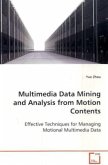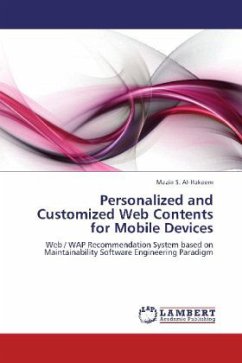Content adaptation is an important issue of
multimedia frameworks in order to achieve Universal
Multimedia Access (UMA), i.e., to enable consumption
of multimedia content independently of the given
resource limitations, terminal capabilities, and user
preferences. However, most existing adaptive
multimedia frameworks targeting the UMA vision do not
consider utility aspects in their adaptation
decisions.
The end point of the delivery chain is not the end
device, rather it is the individual consuming user.
The question ``How to adapt multimedia data in order
to provide the best user perceived experience?'''' is
of central relevance and needs to be addressed.
This work focuses on an audio-visual utility aware
framework that aims to enhance the multimedia
experience for the individual user. The proposed
system relies on a novel cross-modal utility model
which is able to take the semantics and the
perceptual features of the content as well as the
user''s specific utility aspects into account. Based
on a detailed analysis of these constraints, it is
shown how the model reacts on individual input data.
multimedia frameworks in order to achieve Universal
Multimedia Access (UMA), i.e., to enable consumption
of multimedia content independently of the given
resource limitations, terminal capabilities, and user
preferences. However, most existing adaptive
multimedia frameworks targeting the UMA vision do not
consider utility aspects in their adaptation
decisions.
The end point of the delivery chain is not the end
device, rather it is the individual consuming user.
The question ``How to adapt multimedia data in order
to provide the best user perceived experience?'''' is
of central relevance and needs to be addressed.
This work focuses on an audio-visual utility aware
framework that aims to enhance the multimedia
experience for the individual user. The proposed
system relies on a novel cross-modal utility model
which is able to take the semantics and the
perceptual features of the content as well as the
user''s specific utility aspects into account. Based
on a detailed analysis of these constraints, it is
shown how the model reacts on individual input data.








